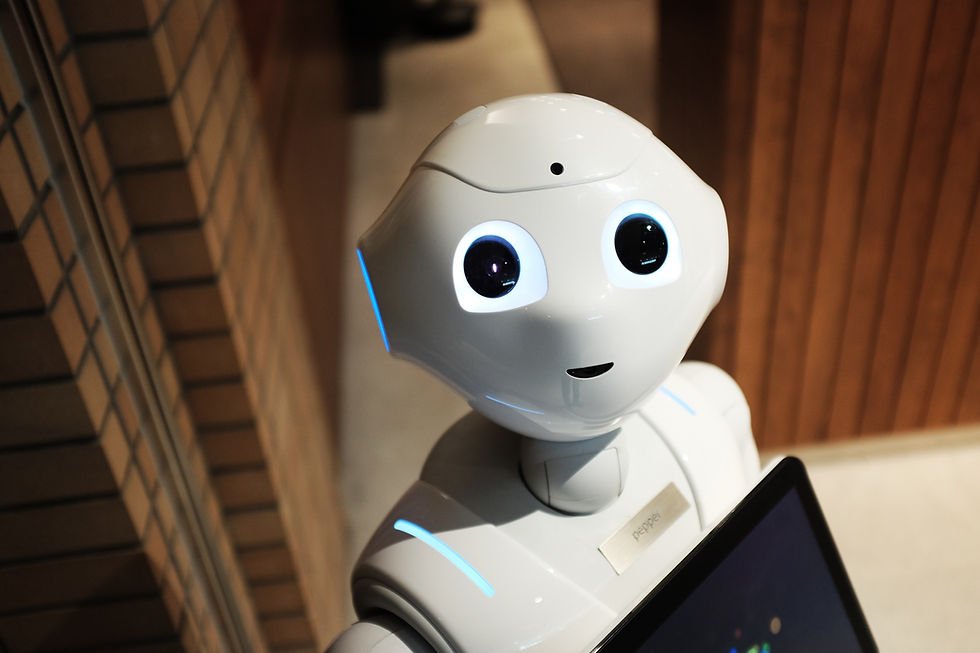Why SDR Teams Are the Key to Unlocking the Full Potential of Automated Campaigns
- nadavsarelsim
- Aug 22
- 2 min read
Automation has become a cornerstone of modern B2B outreach. Email sequences, drip campaigns, and targeted ad funnels allow companies to reach thousands of prospects at scale. But while automation is powerful, it was never designed to close the gap between attention and engagement.
That’s where Sales Development Representative (SDR) teams come in. When deployed alongside automated campaigns, SDRs transform passive touches into real conversations—using live calls and direct messaging on platforms where prospects are most responsive, from LinkedIn to WhatsApp, Viber, and Telegram.
Automation Alone Can Only Go So Far
Automated campaigns create awareness and keep your brand visible. They are excellent for:
Top-of-funnel activity: building reach and nurturing a wide audience.
Consistency: ensuring no prospect falls through the cracks.
Efficiency: allowing one marketer to manage communications at scale.
But the reality is, inboxes are crowded. Automated emails often get ignored, and banner ads are quickly forgotten. Without a human follow-up, many campaigns fail to convert awareness into meaningful engagement.
The Human Multiplier Effect
An SDR team bridges the gap between automation and action. Here’s how:
1. Live Calls for Real Conversations
While automated campaigns can spark interest, only a phone call can confirm intent, qualify needs, and build rapport. SDRs take the digital signals from campaigns—such as email opens or ad clicks—and turn them into personalized conversations that lead to meetings.
2. Direct Messaging Where Prospects Already Communicate
Modern buyers don’t just use email. They’re on LinkedIn, WhatsApp, Telegram, and Viber. SDRs can meet them there—sending tailored messages that feel personal and relevant, not automated. This multi-channel approach dramatically increases response rates.
3. Timely, Contextual Engagement
When an SDR follows up immediately after a prospect engages with an automated campaign, the experience feels seamless. Instead of a cold interruption, it’s a natural continuation of the buyer’s journey.
4. Building Trust Beyond the Script
Automation delivers consistency, but SDRs deliver connection. A human voice, an empathetic response, or a well-timed question is what makes prospects feel understood—and ready to move forward.
A Perfectly Balanced Strategy
Think of automation as the engine that keeps outreach running, and SDRs as the drivers steering it toward results. Together, they create a rhythm of touchpoints:
Automation introduces and nurtures.
SDRs personalize and convert.
This balance ensures that no lead is left untouched, and no opportunity is left undeveloped.
Conclusion
Automation may power the scale of modern B2B outreach, but it’s the SDR teams that bring campaigns to life. By combining the reach of automated campaigns with the authenticity of live calls and direct messaging, companies can achieve not just more meetings—but better, more qualified ones.
At Telestar, we help businesses harness this synergy. Our SDRs don’t just complement automation—they make sure it delivers measurable, human results.




Comments